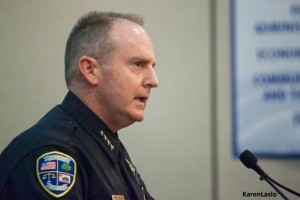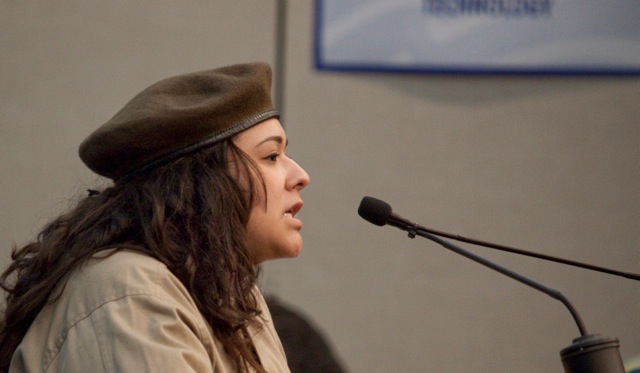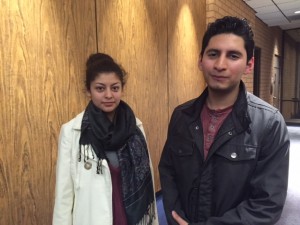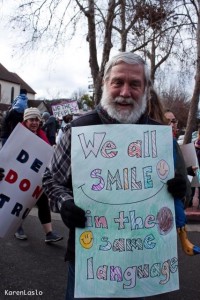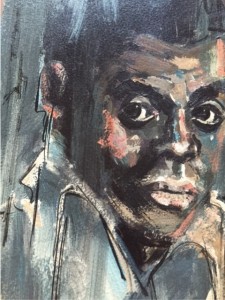
My closest sense of connection to the writer James Baldwin comes not through the wonderful film showing through March 9 at the Pageant Theatre about him, and not even through iconic books like “Go Tell it on the Mountain,” which I read during my formative first year in college.
It comes through a painting of him, a less-than-literal interpretation of the mood and character that I might have glimpsed had I known James Baldwin as a boy. I keep that painting – which happens to be my most treasured keepsake from my late mother – hanging on a wall near whatever desk I use when I work – that is, when I really work — at writing.

